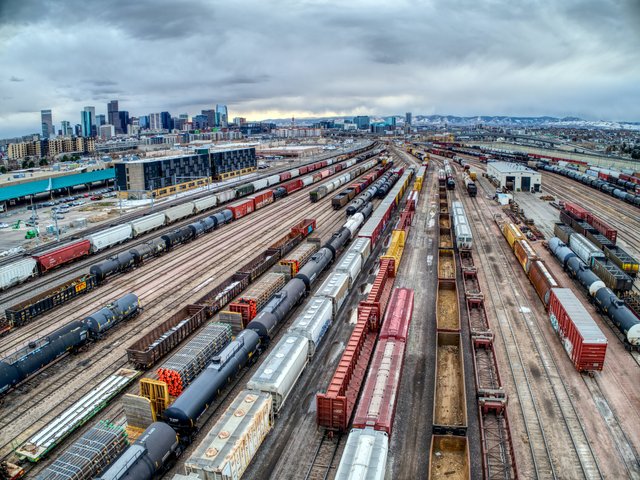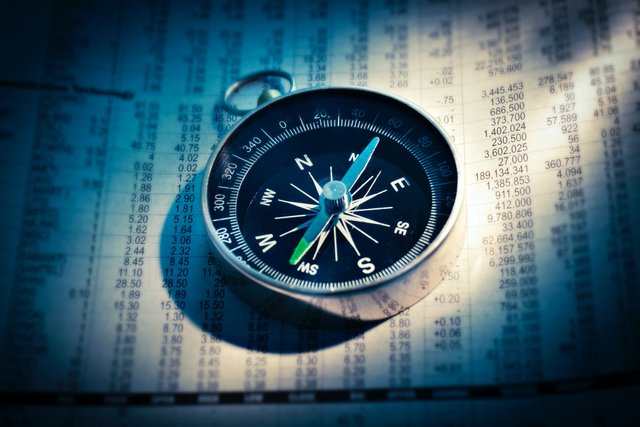Indonesian Economy
Indonesian Economy

Indonesia has a mixed economy in which both the private sector and government play vital roles. As the only G20 member state in Southeast Asia, the country has the largest economy in the region and is classified as a newly industrialised country. Per a 2022 estimate, it is the world's 17th largest economy by nominal GDP and 7th in terms of GDP at PPP, estimated to be US$1.289 trillion and US$3.995 trillion, respectively. Per capita GDP in PPP is US$14,535, while nominal per capita GDP is US$4,691.
The debt ratio to GDP is 29.2%. The services are the economy's largest sector and account for 43.4% of GDP (2018), followed by industry (39.7%) and agriculture (12.8%). Since 2009, it has employed more people than other sectors, accounting for 47.7% of the total labour force, followed by agriculture (30.2%) and industry (21.9%).Over time, the structure of the economy has changed considerably.

Historically, it has been weighted heavily towards agriculture, reflecting both its stage of economic development and government policies in the 1950s and 1960s to promote agricultural self-sufficiency. A gradual process of industrialisation and urbanisation began in the late 1960s and accelerated in the 1980s as falling oil prices saw the government focus on diversifying away from oil exports and towards manufactured exports.
This development continued throughout the 1980s and into the next decade despite the 1990 oil price shock, during which the GDP rose at an average rate of 7.1%. As a result, the official poverty rate fell from 60% to 15%. Trade barriers reduction from the mid-1980s made the economy more globally integrated. The growth ended with the 1997 Asian financial crisis that severely impacted the economy, including a 13.1% real GDP contraction in 1998 and a 78% inflation.

The economy reached its low point in mid-1999 with only 0.8% real GDP growth.Relatively steady inflation and an increase in GDP deflator and the Consumer Price Index have contributed to strong economic growth in recent years. From 2007 to 2019, annual growth has accelerated to between 4% and 6% as a result of improvement in the banking sector and domestic consumption, helping Indonesia weather the 2008–2009 Great Recession, and regain in 2011 the investment grade rating it had lost in 1997. As of 2019, 9.41% of the population lived below the poverty line, and the official open unemployment rate was 5.28%.
However, in late 2020, Indonesia fell into its first recession in 22 years due to the effects of the global COVID-19 pandemic.Indonesia has abundant natural resources like oil and natural gas, coal, tin, copper, gold, and nickel, while agriculture produces rice, palm oil, tea, coffee, cacao, medicinal plants, spices, and rubber.
These commodities make up a large portion of the country's exports, with palm oil and coal briquettes as the leading export commodities. In addition to refined and crude petroleum as the primary imports, telephones, vehicle parts and wheat cover the majority of additional imports. China, the United States, Japan, Singapore, India, Malaysia, South Korea and Thailand are Indonesia's principal export markets and import partners.
Graph of Indonesian Economy

This image was take from (Indonesia GDP Growth Rate 1961-2022)